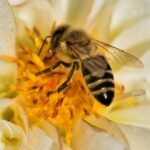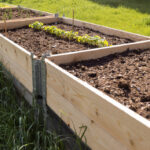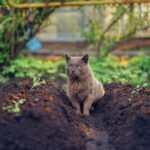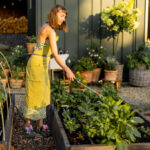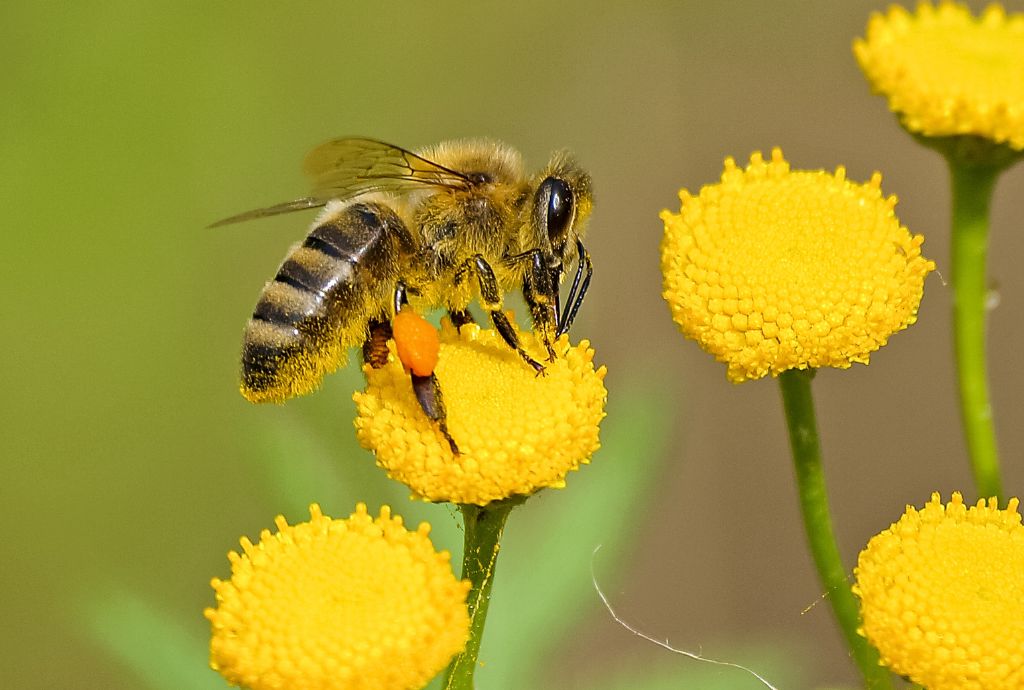
Bees play a vital role in pollinating plants, which in turn helps our gardens thrive and produce bountiful yields. Knowing how to attract bees to your garden can transform your outdoor space into a vibrant, buzzing haven. By providing the right environment, you can encourage these essential pollinators to visit and stay, ensuring the health and productivity of your plants.
Understanding the specific needs and preferences of bees is the first step in creating an inviting garden. From selecting the right plants to offering suitable habitats and water sources, there are several strategies to consider. This comprehensive guide will explore various methods on how to attract bees to your garden, ensuring that you create a flourishing ecosystem for both your plants and these crucial insects.
Table of Contents
The Importance of Bees in the Garden
Why Bees Matter
Bees are indispensable to the ecosystem, particularly in gardens and agricultural settings. They are responsible for pollinating a vast majority of flowering plants, which includes many of the fruits, vegetables, and flowers we enjoy. Without bees, the productivity of our gardens would significantly decline, leading to lower yields and less variety in our produce.
The Impact of Declining Bee Populations
In recent years, there has been a notable decline in bee populations due to various factors, including habitat loss, pesticide use, and climate change. This decline poses a serious threat to global food security and biodiversity. By learning how to attract bees to your garden, you can contribute to the conservation of these vital pollinators and help mitigate some of the challenges they face.
Creating a Bee-Friendly Environment
Choosing the Right Plants
The selection of plants is crucial when aiming to attract bees. Opt for a variety of flowering plants that bloom at different times of the year to provide a consistent food source. Native plants are often the best choice as they are well adapted to the local climate and soil, and they provide the nectar and pollen that local bee species need.
Providing Shelter and Nesting Sites
Bees require safe places to rest and nest. Incorporating elements such as bee houses, leaving patches of bare soil, and maintaining hedgerows can offer the shelter and nesting sites bees need. Additionally, avoiding the use of chemical pesticides will ensure that these areas remain safe for bees to inhabit.
Enhancing Your Garden’s Attractiveness
Water Sources for Bees
Just like any other living creature, bees need water to survive. Providing a shallow water source with pebbles or stones for them to land on can make your garden more attractive to bees. Ensure that the water is fresh and clean to prevent the spread of disease.
Creating Diversity in the Garden
Diversity is key to attracting bees. Planting a wide range of flowers, herbs, and shrubs can create a rich and varied habitat. This diversity not only supports bees but also other beneficial insects and wildlife, contributing to a more balanced and resilient garden ecosystem.
By following these guidelines on how to attract bees to your garden, you can create a thriving, healthy, and productive outdoor space. Bees will be drawn to the abundance of resources you provide, and in return, they will help your garden flourish.
Seasonal Planting Strategies
To maintain a constant source of nectar and pollen, it’s important to have a seasonal planting strategy. This involves selecting plants that bloom at different times throughout the year, ensuring that bees always have something to forage.
Spring Blooms
Spring is a crucial time for bees as they emerge from their winter dormancy. Early blooming plants like crocuses, dandelions, and fruit trees such as apples and cherries can provide the first sources of nectar and pollen.
Summer Flowers
Summer is when many gardens are in full bloom, offering a bounty of food for bees. Consider planting sunflowers, lavender, and clover. These plants are not only attractive but also rich in nectar, making them favorites among bees.
Autumn Flora
As the season changes to autumn, it’s essential to have late-blooming plants to sustain bees before winter. Asters, goldenrod, and sedum are excellent choices. They provide necessary resources when other plants have finished blooming.
Maintaining a Healthy Bee Habitat
Avoiding Pesticides
One of the most significant threats to bees is the use of chemical pesticides. These chemicals can be harmful or even deadly to bees. Instead of pesticides, consider using organic and natural methods for pest control. Integrated Pest Management (IPM) strategies can help maintain a healthy garden without relying on harmful chemicals.
Supporting Pollinator Health
Besides providing food and shelter, there are other ways to support the health of bee populations. Creating a garden environment that promotes biodiversity can help. Including a variety of plants that cater to different bee species will ensure a more robust and resilient bee population.
Encouraging Native Bees
While honeybees are well-known, many native bee species are also vital pollinators. These include bumblebees, mason bees, and solitary bees. Planting native flowers and creating habitats suited to these species can help attract a wider range of pollinators to your garden.
Educational and Community Involvement
Spreading Awareness
Educating others about the importance of bees and how to attract them to gardens can have a significant impact. Consider hosting workshops, creating informative blog posts, or participating in community gardening projects.
Joining Conservation Efforts
There are numerous organizations dedicated to the conservation of bees and other pollinators. Getting involved with these groups can provide additional resources and support for your efforts. Participating in citizen science projects, such as bee counting and habitat monitoring, can also contribute valuable data to conservation research.
Practical Steps for Implementation
Plant Selection Guide
Choosing the right plants is crucial for attracting bees to your garden. Here’s a guide to help you select bee-friendly plants for different seasons:
Spring:
- Crocus: Early bloomers that provide nectar and pollen in early spring.
- Dandelion: Often considered a weed, but dandelions are an excellent early food source for bees.
- Fruit Trees: Apple, cherry, and plum trees provide abundant flowers.
Summer:
- Lavender: A favorite among bees, with its fragrant flowers and long blooming period.
- Sunflowers: Tall and vibrant, sunflowers offer a large amount of pollen and nectar.
- Clover: Both white and red clover are great for attracting bees and improving soil health.
Autumn:
- Asters: Late-blooming perennials that provide a critical food source as bees prepare for winter.
- Goldenrod: Offers nectar and pollen late in the season when other flowers are scarce.
- Sedum: These hardy plants bloom in the late summer and autumn, providing a reliable source of nectar.
Creating Bee Habitats
To make your garden more attractive to bees, consider these habitat enhancements:
Bee Houses:
Bee houses can be purchased or made at home. They provide nesting sites for solitary bees like mason bees. Place them in a sunny spot, sheltered from strong winds and rain.
Bare Soil Patches:
Many ground-nesting bees require bare soil to dig their nests. Leave some areas of your garden free from mulch and vegetation to accommodate these bees.
Dead Wood and Stems:
Leave dead wood and plant stems in your garden to offer nesting sites for various bee species. These natural elements can attract carpenter bees and other cavity-nesting bees.
Water Sources
Bees need water not only for hydration but also to cool their hives and dilute honey. Provide a shallow water source such as a birdbath, adding pebbles or stones for bees to land on safely.
Monitoring and Maintenance
Regular Inspections
Conduct regular inspections of your garden to ensure that it continues to meet the needs of bees. Check that plants are healthy and blooming, water sources are clean, and habitats are intact.
Adjusting Plant Choices
As you observe which plants are most popular with bees, adjust your planting strategy accordingly. Replace less attractive plants with those that draw more bee activity.
Seasonal Clean-Up
Perform seasonal clean-up activities with care to avoid disturbing bee habitats. For instance, wait until spring to cut back dead stems to allow overwintering bees to emerge.
Building a Bee-Friendly Community
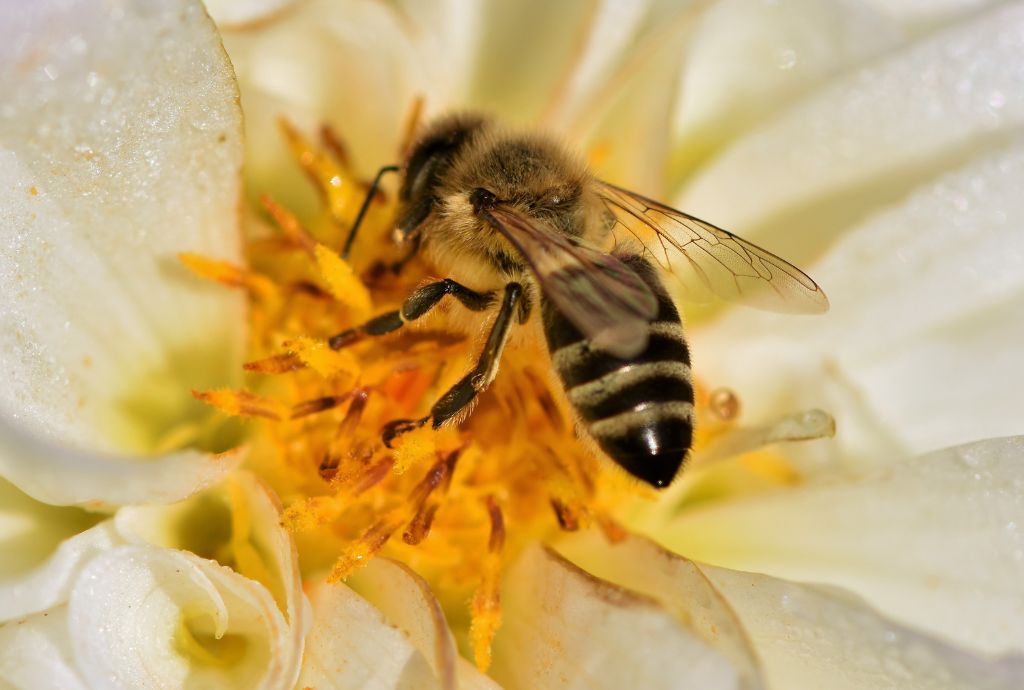
Neighbor Collaboration
Encourage your neighbors to plant bee-friendly gardens as well. A network of supportive gardens can create a larger, more sustainable habitat for bees.
Local Partnerships
Partner with local schools, community gardens, and environmental groups to spread awareness and knowledge about the importance of bees. Collaborative projects can amplify your impact.
Conclusion
By following these detailed steps on how to attract bees to your garden, you can create a vibrant, productive, and environmentally friendly space. The benefits of having bees in your garden extend beyond pollination; they enhance biodiversity, improve plant health, and contribute to a healthier ecosystem. Whether you’re an experienced gardener or just starting, these strategies will help you attract and support bees, ensuring that your garden thrives for years to come. Embrace the buzz, and watch your garden come alive with the beauty and productivity that bees bring.
